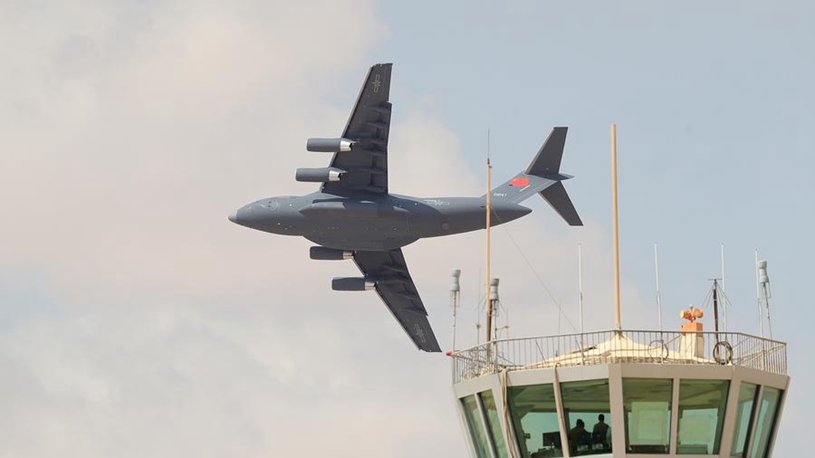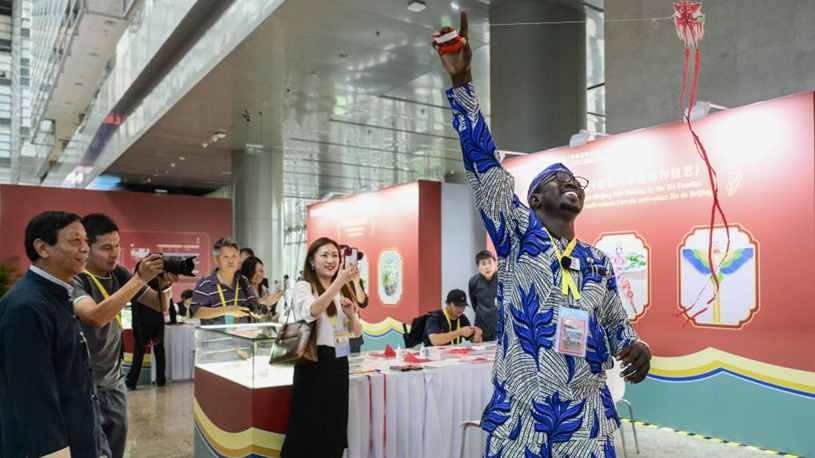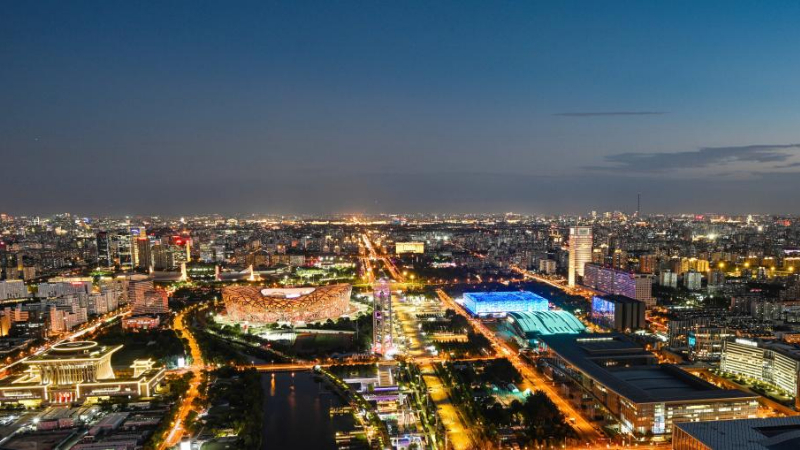HEFEI, Sept. 5 (Xinhua) -- Through global cooperation, China is set to construct an international lunar research station (ILRS) with a network linking the moon's south pole, equator and far side by 2050, according to a key engineer in the country's space industry.
The blueprint for an expandable, maintainable system capable of long-term robotic operations with short-term human participation on the moon was revealed by Wu Yanhua, chief designer of the major Chinese deep space exploration project, in a speech at the second International Deep Space Exploration Conference in Tunxi of Huangshan City, east China's Anhui Province.
The ILRS, a scientific experimental facility consisting of sections on the lunar surface, in lunar orbit and on Earth, is projected to be built in two phases: a basic model to be built by 2035 in the lunar south pole region, and an extended model to be built by about 2050.
Per the blueprint, the extended model will be a comprehensive lunar station network that utilizes the lunar orbit station as its central hub and the south pole station as its primary base, and it will include exploration nodes on the lunar equator and the far side of the moon, according to Wu.
The extended model will be capable of laying a foundation for manned landings on Mars in the future, Wu said. China is currently planning to land astronauts on the moon by 2030.
In his speech, Wu mapped out the composition of the planned ILRS, which will be powered by solar, radioisotope and nuclear generators. It will also include lunar-Earth and high-speed lunar surface communication networks, as well as lunar vehicles like a hopper, an unmanned long-range vehicle, and pressurized and unpressurized manned rovers.
Wu noted that orbital and lunar-surface refueling stations, a launch vehicle, an orbiter, a landing-and-ascent vehicle, and a return capsule are in development to ensure Earth-moon transportation.
At the conference, Wu invited nations around the world to participate in the program across different tiers, which include concept study, equipment, system and mission levels. ■











